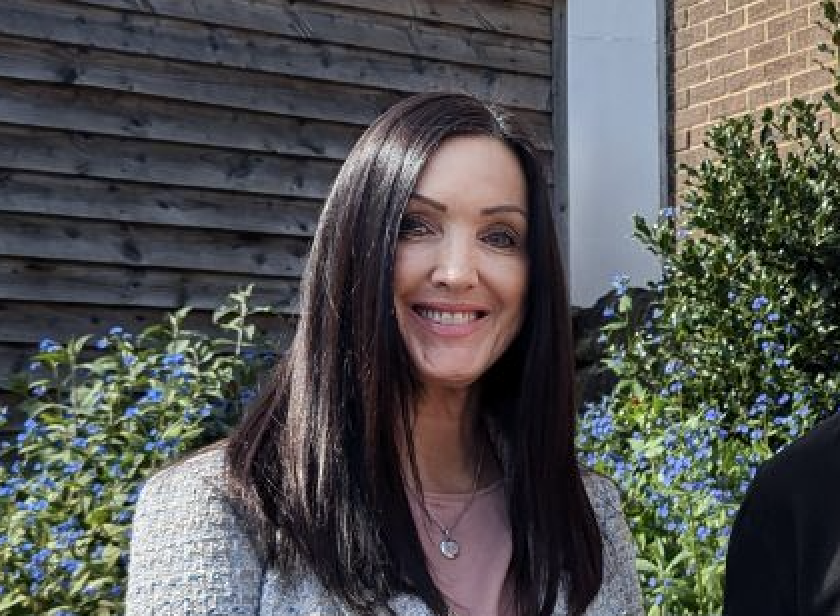Heritage textile manufacturer makes significant investments in sustainability




AW Hainsworth, a 242-year-old woollen mill based in Pudsey, has made a substantial investment in its sustainability strategy and partnered with Planet Mark to measure and reduce the business's carbon footprint.
The company’s 2024 Sustainability Report explains how the historic textiles manufacturer plans to use 2024 as its baseline year for sustainability reporting by changing how emissions are measured to embrace a data-first approach, incorporating external validation to ensure transparency and efficient progress tracking.
The cloth producer aims to maintain the heritage production and processes that preserve the company's history while continuously innovating, reducing its environmental impact year-on-year, and prioritising the well-being of its 210 employees.
It is adopting a data-driven methodology aligned with the Greenhouse Gas Protocol, which saw them conduct a comprehensive site and process assessment last year to identify all scope 1 and 2 emissions sources from onsite operations and purchased electricity. The West Yorkshire manufacturer also completed a suite of energy-reduction projects in 2024, which includes retrofitting existing equipment, replacing 570 lightbulbs with LED lights, and optimising processes for compressed air and heating water.
Last year’s carbon emissions data has been independently verified and certified by Planet Mark, a globally recognised certification body. This approach has already guided investment in key pieces of production equipment and a new data collection platform, which has been installed into the mill’s electrical distribution system. The next step for AW Hainsworth is to begin collecting and verifying Scope 3 emissions data to measure emissions generated across the value chain by AW Hainsworth and Atkinson Dyeing. It will set an official Net Zero target in 2028 while working on short and mid-term plans for carbon reduction across its sites.
Their short-term plans include using real-time energy monitoring equipment to track electricity consumption patterns and pinpoint energy-intensive processes. The zero-to-landfill manufacturer will also work towards installing an energy recovery unit to capture waste heat from the flue exhaust gases, which will be used to pre-heat the feed water in a closed loop system, reducing the fuel demand and reducing carbon emissions from this source by over 20%.
AW Hainsworth, which sells to 60 countries worldwide, will also use the UN Sustainable Development Goals as a guide, documenting its journey towards evolving into a more sustainable business in its annual sustainability report.
The Royal Warrant Holder has created two new job roles dedicated to sustainability. Paul Dudley has been hired as the company’s head of Sustainability and Engineering, responsible for driving sustainability strategy, and Matt Lambert, Senior Process and Sustainability Engineer, who manages sustainability projects and initiatives across the mill.
Managing director Amanda McLaren explains: “We continue to make substantial progress—not only in improving our processes and facilities but also by triggering a company-wide cultural shift towards a sustainable mindset. As a business, our understanding of what sustainability means to us has evolved and grown and now sits at the heart of our company values.
“We’ve set a standard across the mill for sustainable behaviour and it’s been a joy to see the entire Hainsworth team contribute to the creation of a safer, more efficient and responsible business. In 2024 we made our biggest commitment yet. A key building block of our sustainability strategy is establishing accurate and comprehensive tracking of all our emissions and output, so we can have a full picture of our carbon footprint and set reduction goals that are substantial yet achievable.
“I have confidence that by investing in rigorous data tracking, committing to continuous process improvement, and prioritising our corporate social responsibilities, AW Hainsworth can continue to set the standard for sustainable textile manufacturing in the UK.”
In 2025, the company aims to build on the insights from its monitoring systems and has identified a suite of improvements to implement to reduce energy usage. One of the planned projects will see work begin on a new borehole water treatment plant. As agreed with Planet Mark, the goal at the end of 2025 is to reduce total carbon emissions by 5%.